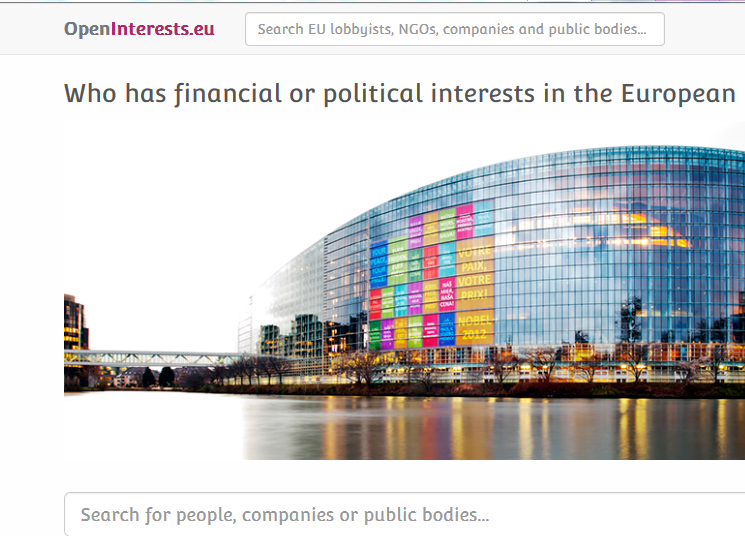EXECUTIVE SUMMARY
Despite the growing political and economical importance of the European Union, there is still no such thing as a European public. Media and journalism systems across Europe vary greatly, which creates a huge theoretical and practical challenge for public relations professionals. Despite this, many communications directors seem to attempt to conduct business in Europe without having extensive enough knowledge of the differences and similarities between the different countries in which they operate.
One model which can be used to group these various similarities and differences was developed by Hallin and Mancini in “Comparing Media Systems”. It groups countries into the “Meditterranean Model”, “Northern European Model” and “North Atlantic or Liberal Model”.
Even a brief examination of the European media landscape shows that it is necessary for PR professionals and communications directors to tailor their approach in order to achieve successful communication, managing the diversity and engaging in dialogue with the various stakeholders involved in the industry.









































